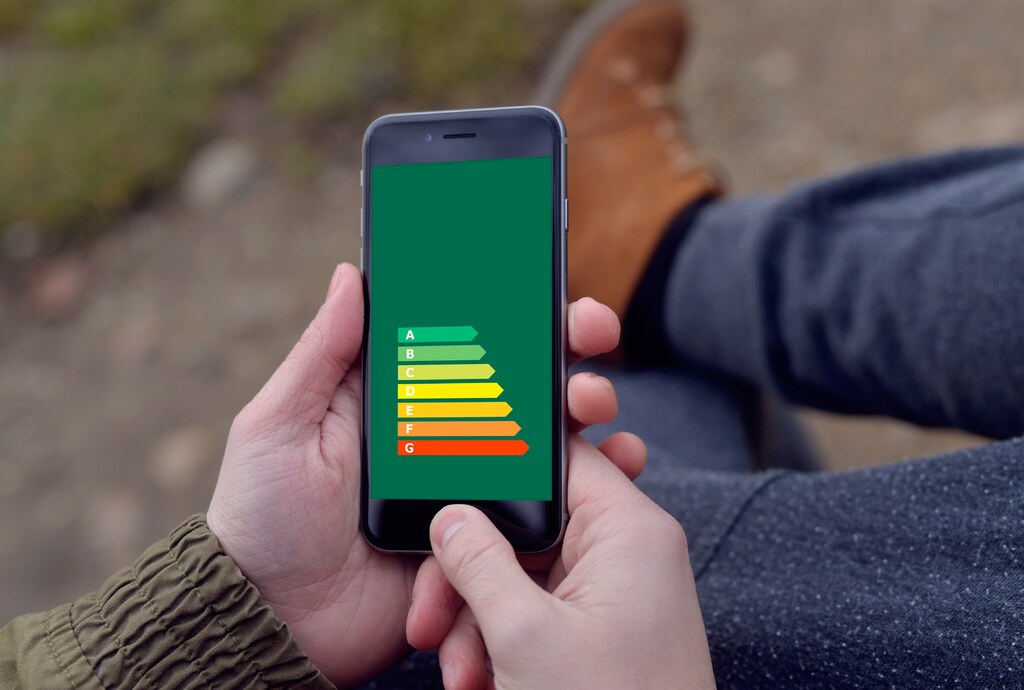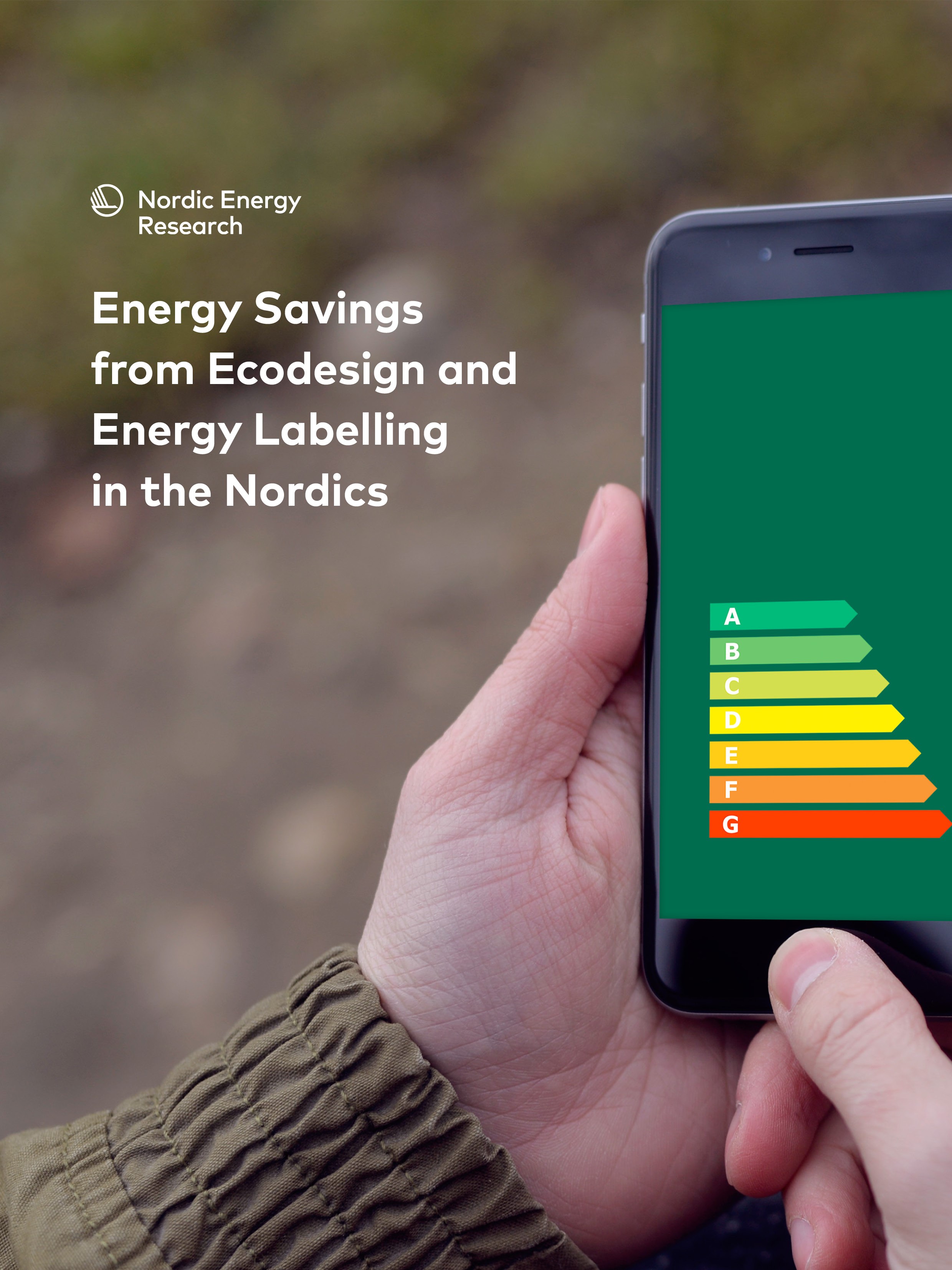
Energy labelling leads to large energy savings in the Nordics
Nordic Energy Research is pleased to announce that we have just released the report Energy Savings from Ecodesign and Energy Labelling Policies in the Nordic Countries. The report focuses on…
Nordic Energy Research is pleased to announce that we have just released the report Energy Savings from Ecodesign and Energy Labelling Policies in the Nordic Countries.
The report focuses on energy savings from products within the EU ecodesign and energy labelling regulations. It covers a wide range of household and industrial products, such as refrigerators, freezers, washing machines, dishwashers, tumble dryers, space and water heating appliances, and ventilation systems.

According to the report, by 2030, the Nordic countries are projected to save about 160 terawatt-hours (TWh) of primary energy annually – an amount nearly equivalent to Norway’s total electricity production in an average year.
Another intriguing finding in the report comes from a customer survey conducted in Finland and Norway. This survey, for the first time, offers valuable insights into the energy sources used for room heating and cooling, providing a deeper understanding of consumer behavior in these countries.
Annual energy savings for each country by 2030 (with final energy savings in parentheses):
- Denmark: 27,5 TWh/year (16,3)
- Finland: 41,6 TWh/year (24)
- Iceland: 1,9 TWh/year (1)
- Norway: 35,5 TWh/year (17,4)
- Sweden: 51 TWh/year (25,9)
According to Maj Dang Trong, Senior Adviser at Nordic Energy Research and Secretary of Nordsyn, which commissioned the report, the project results show that the efforts of the Nordic countries in implementing the EU’s ecodesign and energy labelling directives make a significant contribution to improving energy efficiency.
“It also shows that even better measurement methods enable the Nordic countries to continuously monitor whether developments are heading in the right direction – and that measures such as the countries’ market surveillance practices work and make a difference,” says Dang Trong.

Maj Dang Trong, Senior Adviser at Nordic Energy Research and Secretary of Nordsyn.
The carrot and stick of energy efficiency
Ecodesign and energy labelling directives work together like a carrot-and-stick approach to improve energy efficiency:
- The Stick (Ecodesign)
Sets minimum energy efficiency standards for products. If a product doesn’t meet these standards, it cannot be sold in the EU market. - The Carrot (Energy labelling)
Provides clear energy efficiency ratings (from A [A+++] to G) on product labels. This encourages consumers to choose more efficient products and motivates manufacturers to develop even more energy-efficient designs.
Together, these policies create a powerful incentive for both manufacturers and consumers to prioritise energy efficiency.

